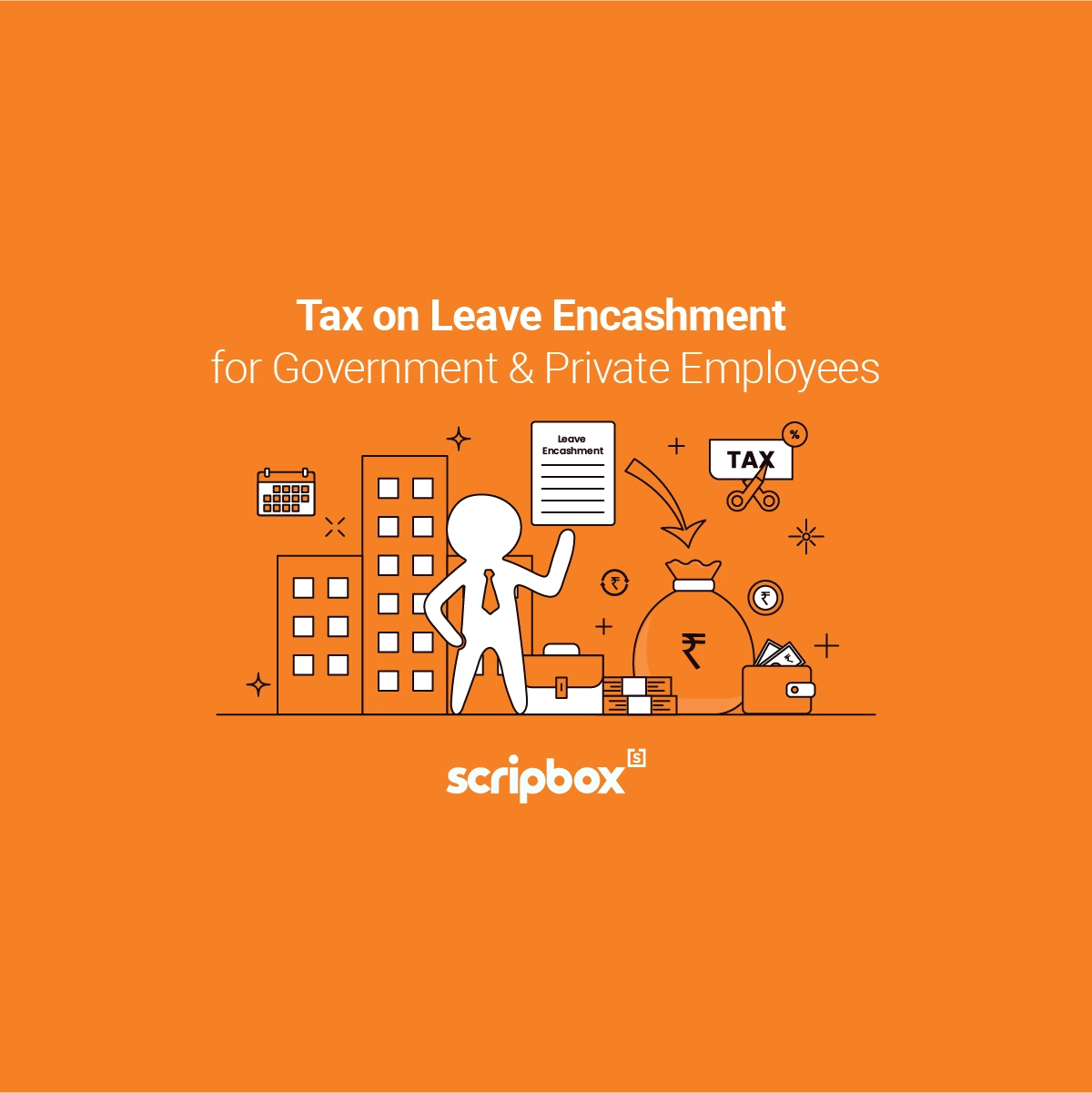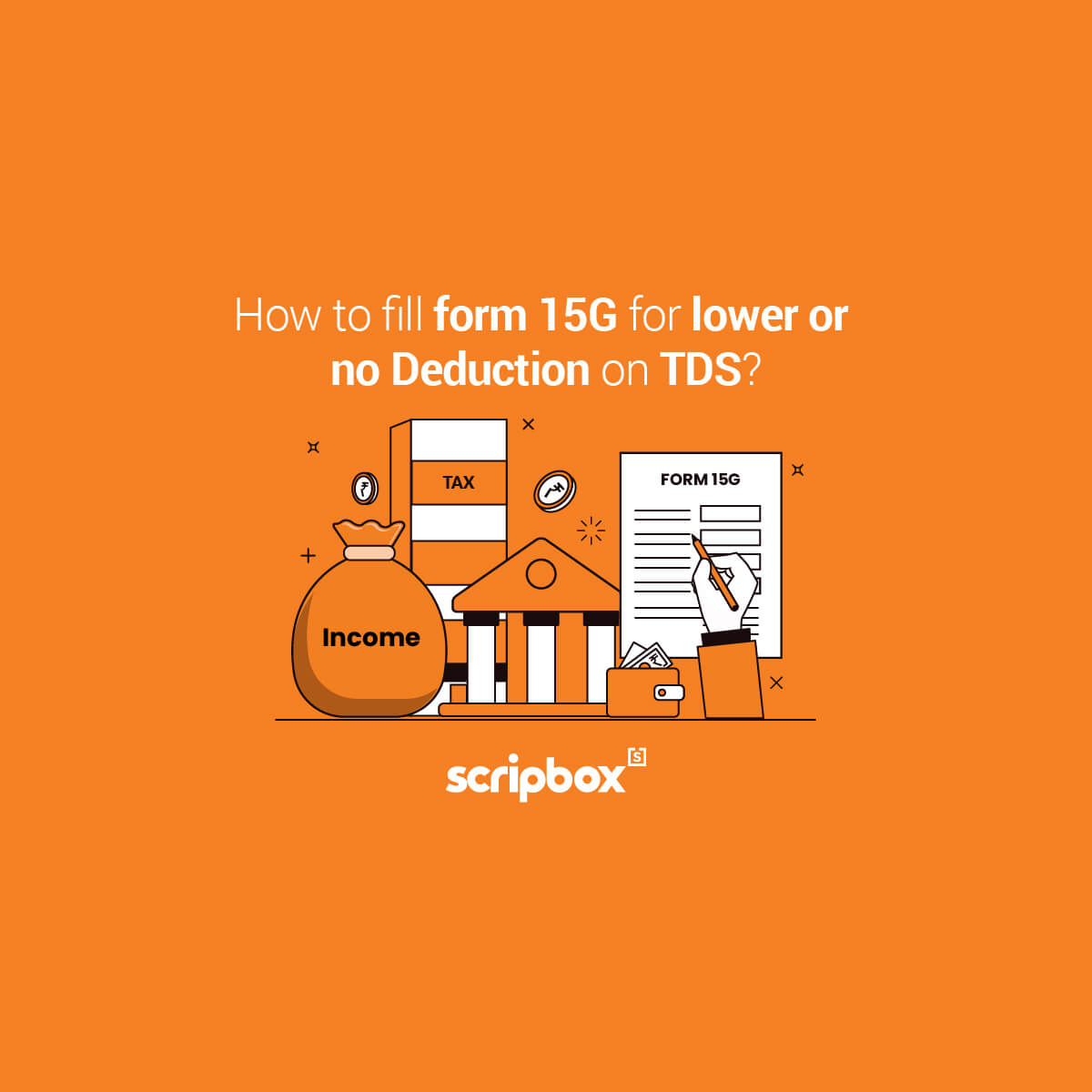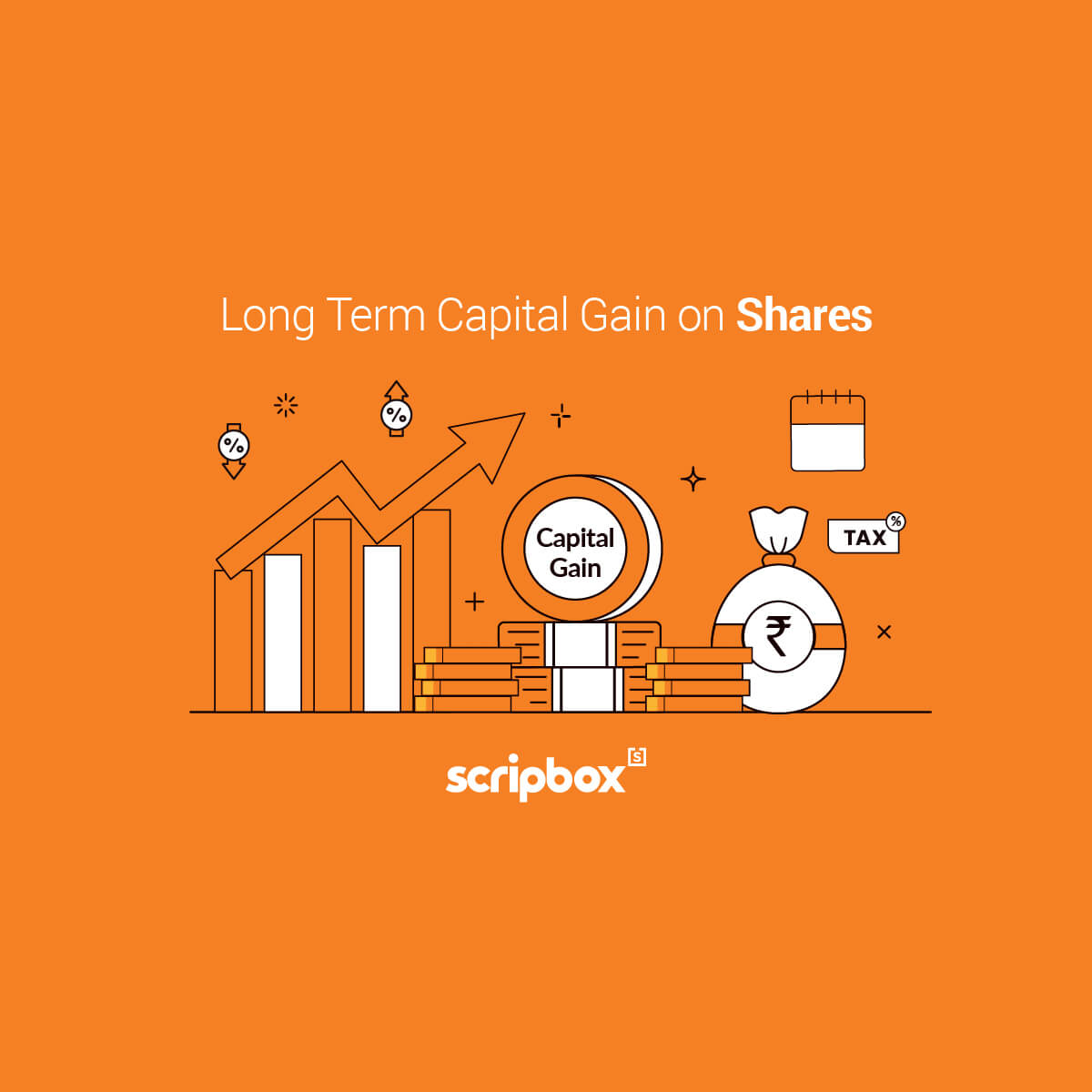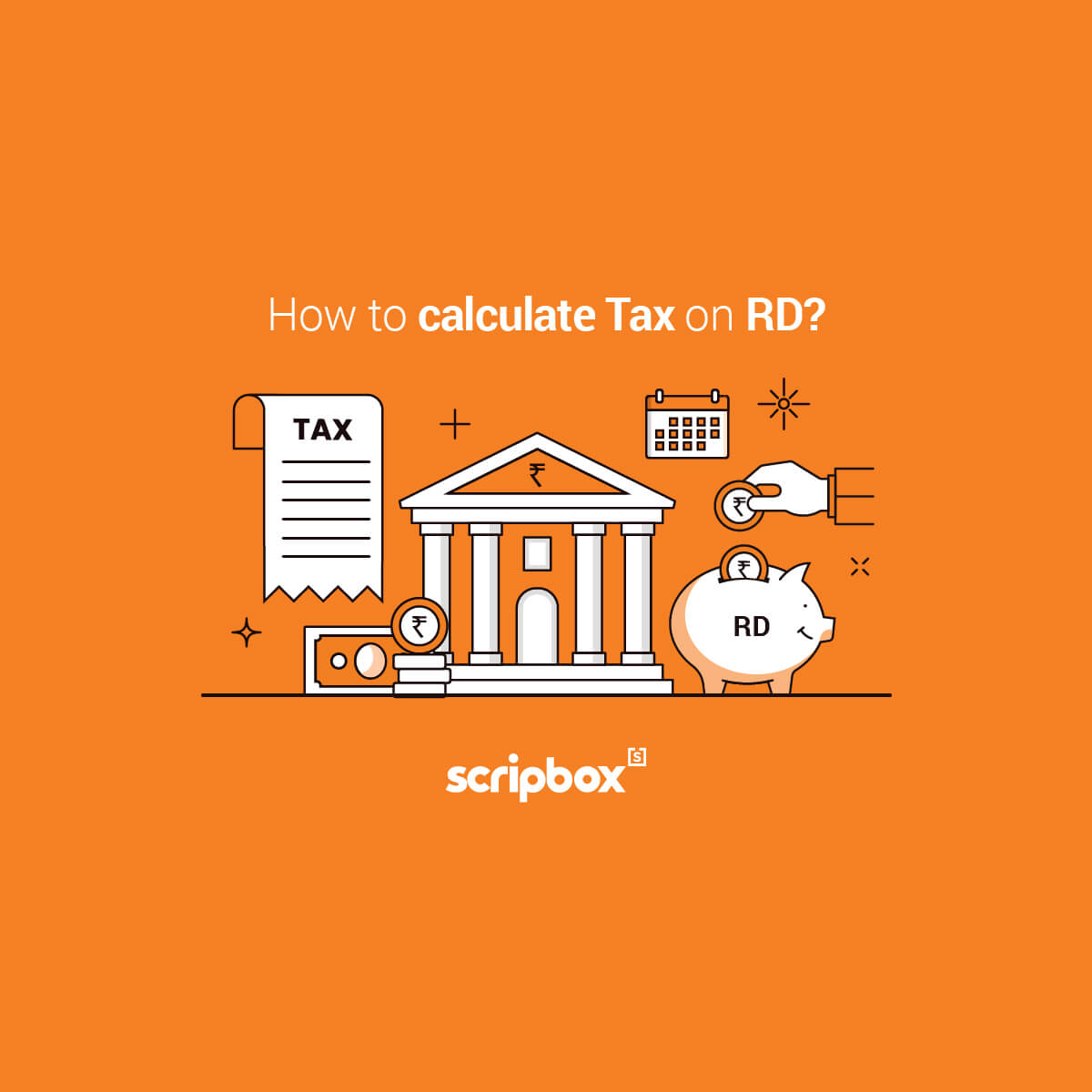Budget 2023 Updates
- The conversion of physical gold to Electronic Gold Receipt and vice versa does not result in capital gains
- Deduction under section 54 and section 54F is capped to Rs 10 crores
- No LTCG benefit for Debt Mutual Funds. From April 1st 2023, all capital gains arising from debt funds will be taxed as per investors’ income tax slab rate.
What is a Long Term Capital Gain Tax?
Long term capital gain tax arises on the transfer or sale of a long-term capital asset. The prerequisite to a long term capital gain tax is that the asset must qualify to be a long term capital asset. To qualify as a long term capital asset, holding period is important. Hence, it is crucial to understand the concept of holding period while calculating capital gains.
Meaning of a Long Term Capital Asset
A long term capital asset is an asset that has been held by the assessee or taxpayer for more than 36 months or 24 months or 12 months depending on the class of asset. The asset should not be held with the intention of using for the purpose of business or profession. For example a stock-in-trade is not a capital asset. This is because stocks are mainly bought and sold to generate revenue. On the other hand, an asset is bought with the intention of holding for a longer period as an investment to appreciate the capital invested.
Holding Period for Long Term Capital Gain Tax
| Capital Asset | Period of holding to qualify as long- term capital asset |
| Equity shares listed in a recognized stock exchange Units of an equity-oriented fund Units of Unit Trust of India | More than 12 months |
| Unlisted equity shares | More than 24 months |
| Unit of Debt oriented Fund* Unlisted securities(other than shares) Other capital assets | More than 36 months |
| Balanced Funds (equity-oriented) | More than 12 months |
| Balanced Funds (debt-oriented)* | More than 36 months |
| Hybrid Mutual (equity exposure more than 65% of total investment) | More than 12 months |
| Hybrid Mutual (equity exposure less than 65% of total investment)* | More than 36 months |
Long Term Capital Gain Tax Rate
| Capital Asset | Tax rates applicable |
| Equity shares listed in a recognized stock exchange Units of an equity-oriented fund Units of Unit Trust of India | 10% over and above Rs. 1,00,000 without indexation |
| Unlisted equity shares | 20% with indexation |
| Unit of Debt oriented Fund* Unlisted securities(other than shares) Other capital assets | 20% with indexation |
| Balanced Funds (equity-oriented) | 10% over and above Rs. 1,00,000 without indexation |
| Balanced Funds (debt-oriented)* | 20% with indexation |
| Hybrid Mutual (equity exposure more than 65% of total investment) | 10% over and above Rs. 1,00,000 without indexation |
| Hybrid Mutual (equity exposure less than 65% of total investment)* | 20% with indexation |
*Note: From April 2023, capital gains from debt mutual fund investments will be taxed as per the investor’s income tax slab rate with no LTCG benefit.
How to Compute Tax on Long Term Capital Gain?
Long term capital gain tax can be computed as per the below table:
| Full value of consideration | xx |
| Less: Expenditure incurred in connection with a transfer | xx |
| Less: Indexed cost of acquisition* | xx |
| Less: Indexed cost of improvement** | xx |
| Long-term capital gain | xx |
| Less: Exemptions | xx |
| Long Term Capital Gain Tax | xx |
* Indexed cost of acquisition :
Cost of acquisition * (CII of the year of transfer/CII of the year of acquisition)
** Indexed cost of improvements:
Capital expenditure on improvements after 01-04-2001 * (CII of the year of transfer/CII of the year in which improvement was made)
Illustration on Calculation of LTCG
Mr. Arun purchased a house property on 23rd September 2004 for Rs 24 lakhs. Additionally, he also paid Rs 1,20,000 as stamp duty. On 17th July 2021 he sold the house property for Rs 86 lakhs. He invested Rs 16 lakhs in NHAI bond which is covered under section 54EC.
The following table explains the long term capital gain on sale of house property:
| Particulars | Amount |
| Sale price of the house | Rs 86,00,000 |
| Less: Expenditure incurred in connection with a transfer | Rs 1,20,000 |
| Less: Indexed cost of acquisition of the house Cost of acquisition * (CII of the year of transfer/CII of the year of acquisition) Rs 24,00,000 * (317/113) | Rs 67,32,743 |
| Less: Indexed cost of improvement for the house | Nil |
| Long-term capital gain | Rs 17,47,257 |
| Less: Tax Exemption Under Section 54EC | Rs 16,00,000 |
| Long Term Capital Gain Tax | Rs 1,47,257 |
Meaning and applicability of Cost Inflation Index
Cost Inflation Index or CII is used in the calculation of the indexed cost of acquisition and improvement for the purpose of computing the long-term capital gains. In simple terms, the cost inflation index is used to estimate the increase in the price of assets due to inflation.
Finance Act 2017 had changed the CII for adjusting the cost of acquisition of a long-term capital asset to April 1 2001 instead of earlier 1st April 1981. Now, while calculating capital gains wherein the benefit of indexation is allowed, the indexed cost has to be calculated as per the below table:
| S. No | Financial Year | Cost Inflation Index | S. No. | Financial Year | Cost Inflation Index |
| 1 | 2002-03 | 105 | 11 | 2013-14 | 220 |
| 2 | 2003-04 | 109 | 12 | 2014-15 | 240 |
| 3 | 2004-05 | 113 | 13 | 2015-16 | 254 |
| 4 | 2005-06 | 117 | 14 | 2016-17 | 264 |
| 5 | 2006-07 | 122 | 15 | 2017-18 | 272 |
| 6 | 2007-08 | 129 | 16 | 2018-19 | 280 |
| 7 | 2008-09 | 137 | 17 | 2019-20 | 289 |
| 8 | 2009-10 | 148 | 18 | 2020-21 | 301 |
| 9 | 2010-11 | 167 | 19 | 2021-22 | 317 |
| 10 | 2012-13 | 200 | 20 | 2022-23 | 331 |
Exemptions for Long Term Capital Gain Tax
| Section | Assessee to whom allowed | Conditions | Quantum of tax exemption |
| Section 54 | Individual/HUF | Transfer of a residential house, income from which is charged to tax under income from house property.The asset must be a long-term capital assetInvestment in the purchase of two residential houses in India provided the taxable capital gain does not exceed Rs. 2 crores. This benefit is available once in a lifetime. | Actual amount invested or capital gain, whichever is lower. The deduction is capped at Rs 10 crores as per Budget 2023 |
| Section 54B | Individual/HUF | Transfer of agricultural land. Used for agricultural purposes for 2 years immediately preceding the date of transfer Purchase of another agricultural land | Actual amount invested or capital gain, whichever is lower. |
| Section 54F | Individual/HUF | Transfer of a long-term capital asset, not being a residential house. Investment in one residential house within 3 years from the date of transfer. | 1. If the cost of the new house is less than the capital gain, the entire capital gain is exempt. 2. If the cost of the new house is more than the capital gain: LTCG*(amt invested/net consideration) 3. The deduction is capped at Rs 10 crores as per Budget 2023 |
| Section 54EC | Any assessee | Transfer of long-term capital asset, being land or building, or both. Investment in the specified bonds of NHAI, RECL or PFC | Actual amount invested subject to a maximum of Rs. 50 lakh, or the capital gain, whichever is lower. |
Carry Forward a Capital Loss on Sale of Asset
Long term capital loss can only be adjusted against long-term capital gains only. It can be carried forward up to the next 8 assessment years from the assessment year in which the loss was incurred. In order to carry forward the loss, the taxpayer must file income tax return. The taxpayer must also file income tax return within the due date specified in the income tax department.
Capital Gain Account Scheme
Capital gain account scheme is an account that allows the taxpayer to save their capital gain if they are unable to invest the same as specified in section 54 & 54F of the income tax act. The taxpayer can only deposit the amount in the said account only if they are unable to invest the gains before the due date of filing of income tax returns
Related Articles
- What is a Long Term Capital Gain Tax?
- Meaning of a Long Term Capital Asset
- Holding Period for Long Term Capital Gain Tax
- Long Term Capital Gain Tax Rate
- How to Compute Tax on Long Term Capital Gain?
- Meaning and applicability of Cost Inflation Index
- Exemptions for Long Term Capital Gain Tax
- Carry Forward a Capital Loss on Sale of Asset
- Capital Gain Account Scheme
























Show comments